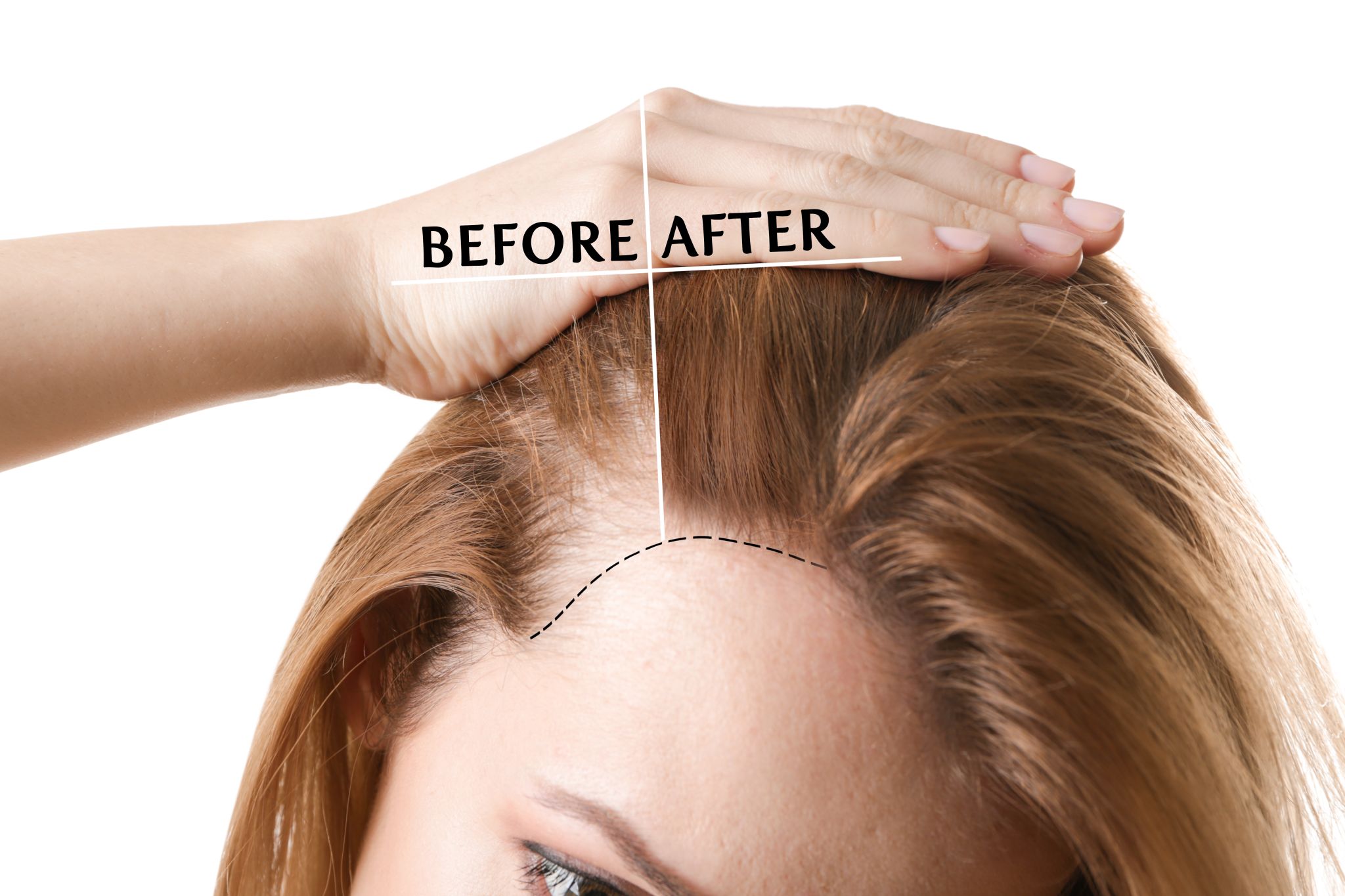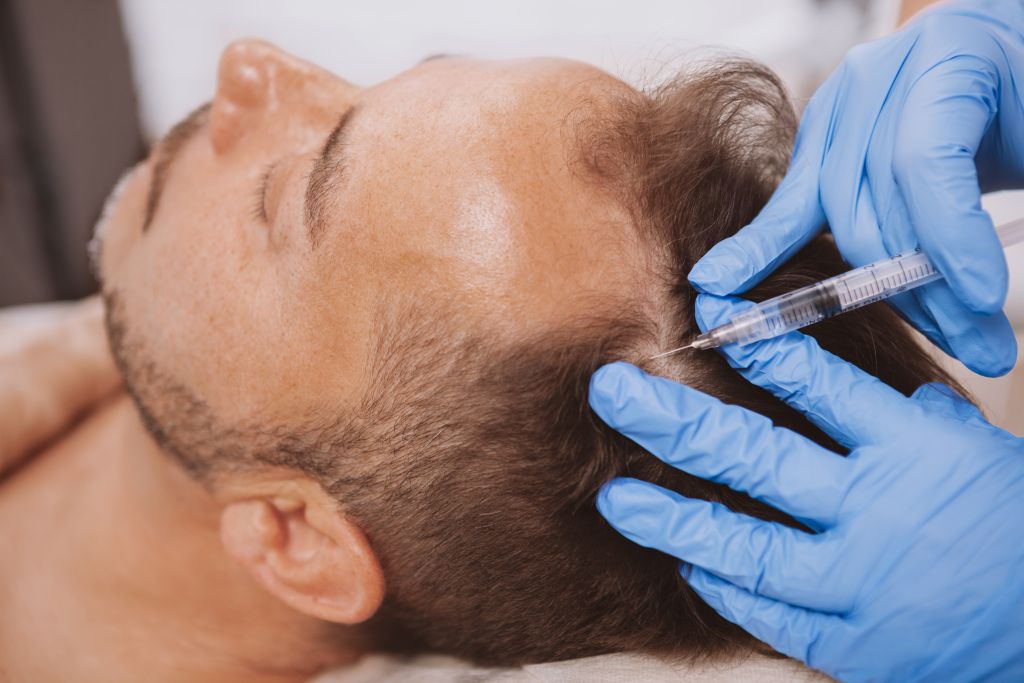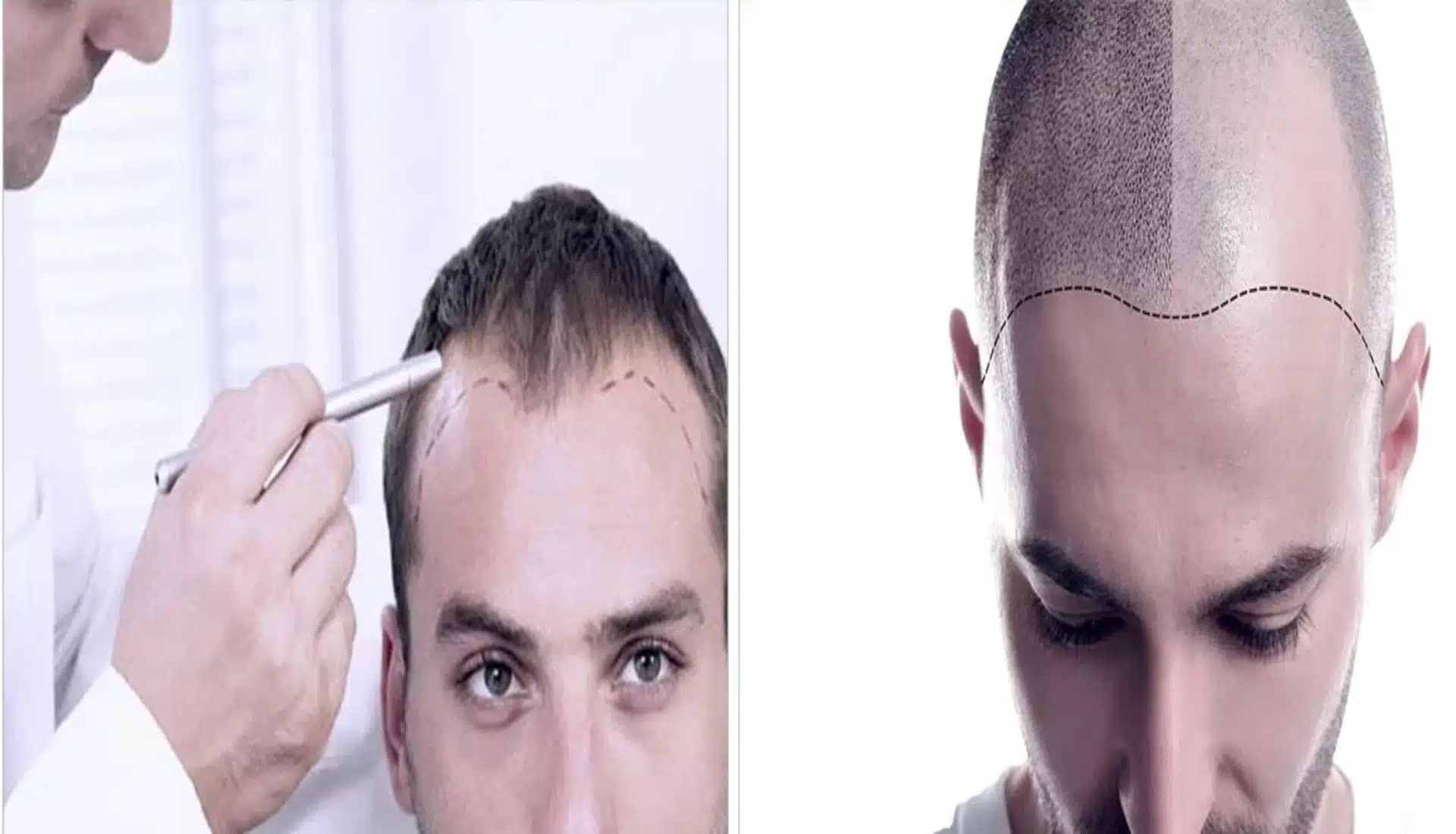
THE BENEFITS OF HAIR TRANSPLANTS
Balding changes the appearance of a person’s head in more ways than one. Because of this, people become more self-conscious and anxious. It has an effect on their conduct and attitude. The best course of action is to look for a long-term treatment, such as hair transplants, in these situations.
In the past, someone experiencing hair loss would cover it up with a wig or a hair plug. However, they stood out like sore thumbs and appeared artificial. People become much more aware of their own vanity as a result of this. However, hair transplants eventually became available. Hair transplants today are so undetectable that not even barbers can recognize the difference!
While hair plugs and wigs may provide temporary solutions, if you’re asking: will hair transplant last forever? Well, hair transplants are a permanent solution that can last a lifetime. How much does a hair transplant cost is less expensive than wigs. Maintenance and frequent replacement are two constants when it comes to wigs. Hair transplants require only a single attachment to the scalp, and if the transplanted hair should ever fall out, fresh hair will grow in its place.
Someone who would benefit most from a hair transplant:
- Has Baldness Grade III (Norwood Classification)
- Enjoys excellent health
WHEN COMPARED, HOW SUCCESSFUL ARE VARIOUS HAIR TRANSPLANT TECHNIQUES?
The goal of a hair transplant procedure is to increase hair density in balding or thinning areas of the scalp. Many types of hair loss can be effectively treated, but unfortunately, this does not prevent further hair loss. Depending on the individual, a second transplant may be necessary to ensure long-term success.
Hair thinning and loss is a natural aspect of getting older, but it can also be caused by medical issues or scalp trauma. If hair loss affects your self-esteem or confidence, you might consider a hair transplant.
This article compares the success rates, longevity, and potential negative effects of several hair transplant procedures.
Follicular unit extraction and hair transplantation
If you’re experiencing hair loss, you may want to consider a hair transplant.
The back of the head, or another location with a lot of hair, is often used as a donor site for hair transplants. Following this, the follicles are implanted into microscopic incisions made in the balding scalp.
THE TWO MOST COMMON METHODS OF HAIR TRANSPLANTATION ARE:
- Excision of Follicular Units (FUSS). After cutting out a section of skin from the donor site, the surgeon will stitch the wound up. The surgeon will then use a microscope to carefully remove individual hair follicles from the donor skin and transplant them to the recipient site.
- FUE stands for Follicular Unit Transplantation. The surgeon will extract follicles from the donor site using a tiny punch tool, but it might be less obvious and the patient won’t need stitches. If you’re asking for a FUE hair transplant cost, it starts from RM7,000 depending on the number of hair transplanted.
Though similar, the outcomes of these two methods may vary. According to a 2019 study, FUE takes longer and requires more skill than FUSS, but it can yield excellent results if the surgeon is well-versed in the method.

PERFORMANCE MEASURES
Hair transplants are a viable option for men and women experiencing hair loss due to a variety of factors. The outcome of hair transplant surgery is influenced by a number of variables, such as the quality of the donor hair and the expertise of the surgeon performing the procedure.
The American Society of Plastic Surgeons (ASPS) reports that hair transplantation can increase hair density slightly. Surgery including the removal of skin and/or underlying tissue (skin flap), tissue expansion, or the removal of part or all of the scalp are all options for those seeking more extreme alterations.
A study citing a reliable source indicated that after an average of 2.9 years, most patients who underwent FUE were happy with the outcomes. There were 79 total respondents, and their average level of satisfaction was 8.3 out of 10.
ANOTHER STUDY’S RESULTS
Platelet-rich plasma (PRP) therapy has been shown to improve the results of FUE hair transplants, according to credible sources. After 6 months, 100% of the PRP group showed visible hair growth. They saw faster increases in hair density and skin healing than the non-PRP group.
Here you can learn about platelet-rich plasma (PRP) treatment for balding.
How permanent are hair transplants?
After a successful hair transplant, the patient’s hair should look fuller and healthier than it did before.
Some of the transplanted hair follicles may fail to “take,” as the ASPS puts it. As a result, no new hair will ever grow from these follicles.
Furthermore, the ASPS advises patients to prepare for the possibility of requiring a “touch-up” procedure. To get the most natural appearance, this process can be used to conceal thin spots or to merge follicles together.
If you’re asking, is hair transplant successful in females and males? Patients should carefully adhere to their surgeon’s postoperative recommendations for the best possible outcomes. If they do this, their hair transplant is more likely to take. Possible restrictions include resting for a few weeks from all physical exertion. Waiting a few days before washing their hair may also be necessary.
Those experiencing hair thinning or loss may benefit from hair transplant surgery. Although it may not be a long-term fix, it can give many people who are experiencing hair loss the confidence they once had.







